Water is the word on everybody’s lips- ‘record lows’ are being rewritten in headlines daily as the country heads towards an official drought.
Writing about a potential drought hitting mid-Wales is a strange and increasingly common thing, but the UK is in line for one if the exceptionally dry weather conditions continue.
Experts say we need flood-level rainfall to reverse the impact this spring has had on our water supplies – a level of rainfall not seen since 2012.
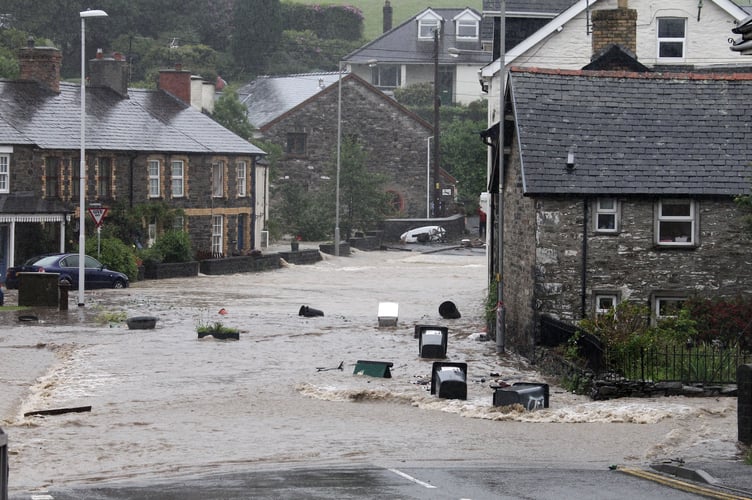
Exceptionally dry weather is threatening UK’s waterways with low river levels and reservoirs with restrictions including hosepipe bans on the table.
A Drought Liaison Group made up of Welsh government, water companies, NRW and farming unions met on 22 May – upgrading Wales to ‘prolonged dry weather’ (one step before ‘drought’ status).
Farmers are considering irrigating their crop fields, including one who would be doing this for the first time in their 52-year history.
Patrick Holden of Holden Farm in Lampeter, which has dairy cows, carrots and potatoes, said: “It would be the first time we’ve had to irrigate – very few people are set up for it.
“This is the most significant prolonged dry spell we’ve known since 1976.
“The dairy herd drink quite a lot, and we use a lot in cheese making.
“If this weather carries on, we’ll have a big problem.”
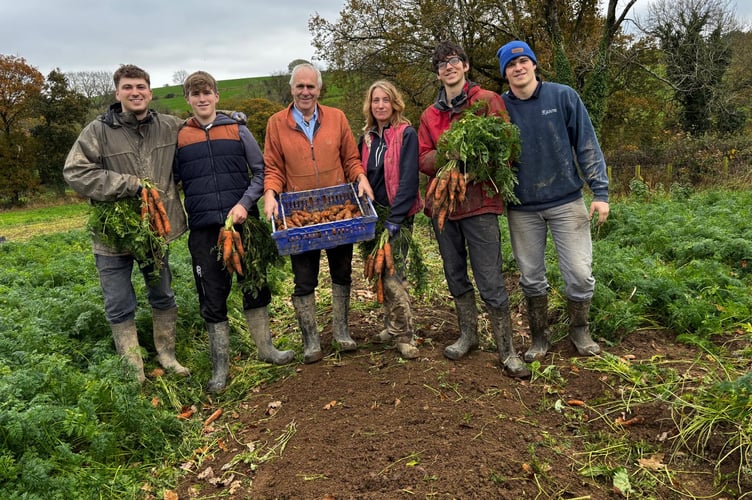
However, only seven weeks ago the Cambrian News wrote about the poo in our water, which water companies blame excessive rainfall for.
This was after Ceredigion received the highest number of hours of sewage overflow in the UK in 2024.
Water companies blamed heavy rainfall, forcing them to eject sewage into our rivers to avoid sewage backing up into our houses.
Last year was remembered for its rain, being the 17th wettest year since 1836 – meaning water supplies aren’t as bad as they could have been.
But as river levels lower and water companies and farmers put pressure on these water sources when reservoirs become low, the pollution in the rivers becomes all the more pressing.
How bad has this dry spell been for Wales?
Natural Resources Wales (NRW) said most Welsh rivers are low or exceptionally low after March was the driest on record since 1944.
Wales received 59 per cent of the rainfall expected between February-April, becoming one of the driest springs on record for the country.
South Wales is one of the only places in the UK where river levels are normal - Pembrokeshire and Cleddau received more rainfall than expected.

But North Wales is a different story – rivers Dee and Conwy saw “record lows” as well as the Ysgir in Powys says Afonydd Cymru, the charity representing Welsh river trusts.
Afon Dee recorded its lowest flows in March and April in 55 years, whilst Conwy had just 24 per cent of its average flows in April.
A spokesperson for Afonydd Cymru warned of the negative impacts low flows can have on the natural environment, raising water temperatures, reducing oxygen levels, concentrating pollution and increasing risk of algal blooms: “Spring is also a crucial time for migration for important fish species.
“Juvenile salmon make their journey downriver to sea - low flows make them especially vulnerable to predation.
“If we do not see a period of wet weather soon, there might be serious issues for wildlife and a need for rapid implementation of further drought measures.
“In the meantime, river trusts across Wales will continue work to improve their catchments’ ability to hold back water during wet periods, reducing flood risk and ensuring more is released into rivers during drier months.”
Rhian Thomas, Sustainable Water and Nature Manager at NRW, said: “While there is some welcome rain forecast, it will take more significant rainfall for water levels to recover from this prolonged dry spell.
“Such a dry start to the year is causing considerable concern for the health of our ecosystems and habitats, as well as for land management and the agricultural sector.
“As such, we have taken the decision to move the whole of Wales into prolonged dry weather status.
“For us, this means stepping up our actions and monitoring across Wales to help mitigate the impacts on the environment, land, water users and people, and responding to environmental incidents.”
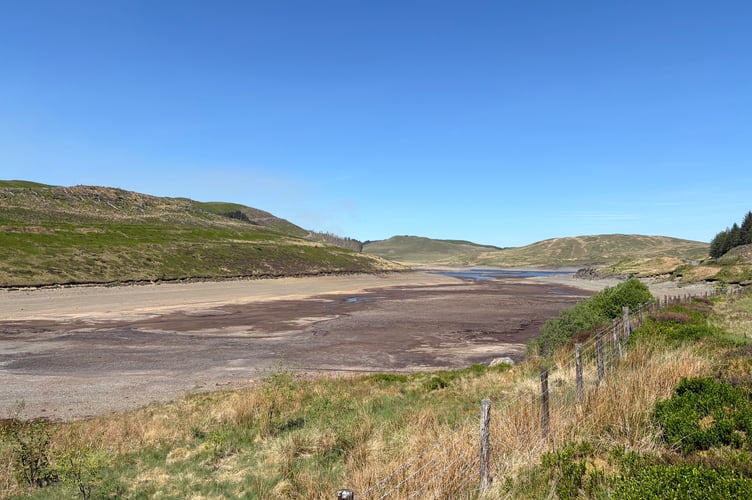
Dŵr Cymru/ Welsh Water said its water reservoir levels are “below where they would usually be at this time of year – this varies across our operating area”.
Ian Christie, Managing Director of Water, Asset Planning and Capital Delivery at Dŵr Cymru, said: “Unless we see a good amount of rainfall, it’s essential that we continue to preserve the supplies in our reservoirs and rivers.
“As well as asking people to do their bit, we are working hard around the clock to make sure we do everything we can to get as much treated water into the system, and our teams are fixing 700 leaks per week.
“We are grateful to customers for their help.
“We’re not asking people not to use their water as this is essential to keep you healthy, we’re just asking them to use the water they need but avoid wasting it.”
Hafren Dyfrdwy Cymru said leaks are one of their main priorities, though customers can remain “confident in their water supply”: “We’re always investing to future proof customer’s water supply to tackle the challenges of climate change and population growth, and this is something we committed to in our business plan for the next five years, which will see us further tackle leakage rates and invest further in our infrastructure.”
How is this affecting our growers?
The weather has received mixed reviews from farmers - Mr Holden was able to turn out his cows much earlier thanks to the unseasonable warmth: “Normally what stops us is wet land, but the soil has been so dry, they’ve milked really well this spring – they've loved it.”
It's also given farmers an easier ride through lambing and calving season, with the mild weather being “beneficial for the health of newborn animals”.
But spring is also a significant period for hay and silage making, when farmers would usually expect good growth – some have reported buying feed in whilst holding livestock back on fields that haven't grown sufficiently.
National Farmers Union (NFU) Cymru Deputy President Abi Reader warns it could cause big issues with sileage yield later on in the year.
David (pseudonym), a cattle farmer in north Powys, has faced another problem – watching multiple wildfires rage for days edge closer to his land.
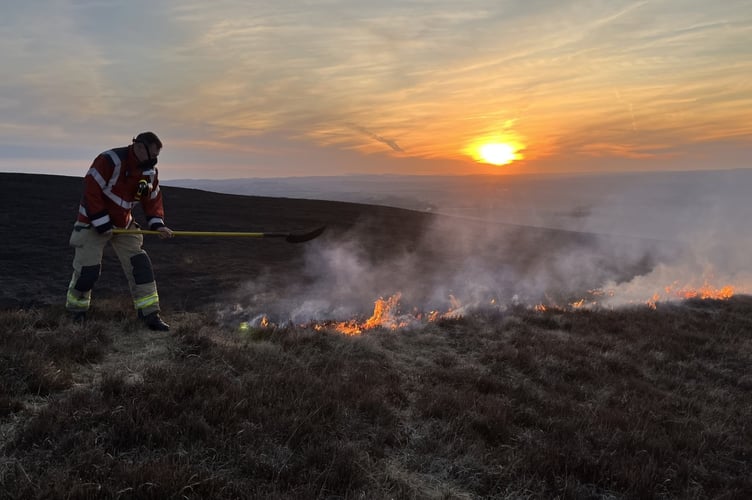
Having moved his cattle to safety during the most recent fire, he said: “It’s something I’m concerned about, absolutely.
“Though it’s unlikely wildfires would spread to my land, if they did, it would represent a massive threat to my land and livelihood.”
His main water source is a spring which dries up within a few weeks without rain.
His backup is a hydraulic ram pump drawing water from a stream, but this also depends on there being enough water for the pump to be effective.
David said: “Traditionally, water in Wales has always been abundant, but that isn’t an assumption we can necessarily make in future.
“These dry spells seem to be getting more frequent and longer, so I’ll need to rethink our water supply.”
Others are asking about future protections, calling for the easing of regulations to build private reservoirs.
Holden Farm built a reservoir after the 1976 drought, which is considering expanding if water supply issues persist.
Farmers also turn to rivers to supplement their supplies, the health of which is something Mr Holden is concerned about: “If these trends carry on it would be the national interest for the Welsh government to build resilience in the local food system, part of which is the safe supply of water.
“Rivers in Wales suffer from water pollution - a lot of this is because of agricultural pollution and I say that as a dairy farmer.
“The fact that we have so much water pollution is a symptom of poor farming, too many animals in too few acres.
“The NRW needs more rigorous policing of water quality from farms, dairy in particular.”
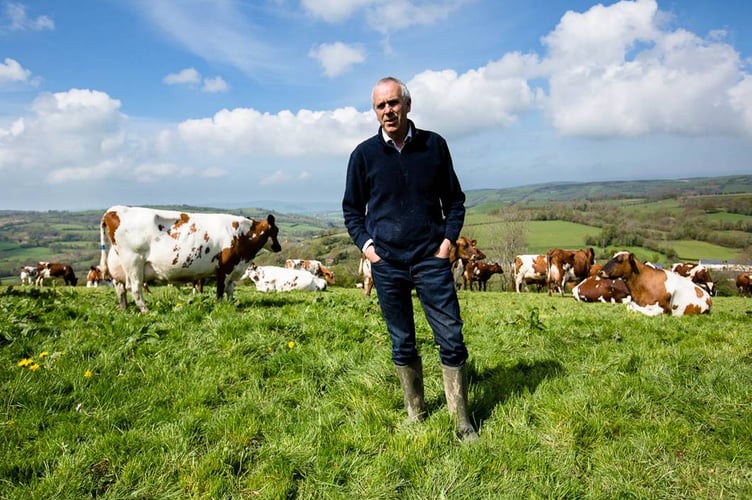
Echoing this, NFU Cymru wants more support for farmers through Welsh government’s Sustainable Farming Scheme – the main source of government support for farming.
The revised scheme was published in November 2024, to widespread criticism.
NFU Deputy President Abi Reader said: “Stability measures including those designed to help farmers cope with extremes in weather and climatic events, as well as measures that enable farmers to make investments in water storage and management infrastructure like reservoirs, are also going to be needed."
A Welsh Government spokesperson said £366m is available for agricultural support across schemes in the coming year.
As well as the Drought Liaison Group which is directing the water shortage issue collaboratively with farmers, they added: “Significant changes to our climate and weather will continue to develop over the next few decades, and it is essential that we take steps now to build resilience to the potential impacts of climate change.
“We’re working with partners to monitor the levels of water bodies across Wales and the impact the dry weather may have on farmers, including through the UK-wide Agriculture Market Monitoring Group.”
What is causing the hot weather?
Though global warming is expected to cause more extreme weather events across the world, from hotter summers to colder winters and more dramatic storms, this current dry spell is caused by “blocking highs” - and scientists don’t know whether this is linked to climate change or not.
Blocking highs are areas of high pressure which are slow moving.
However for the UK, global warming is predicted to cause more frequent and longer periods of dry weather and less rainfall.
Are water shortages inevitable?
James Wallace, the chief executive of River Action, says no - “this crisis was avoidable”.
Blaming “corporate greed and regulatory complacency” for sick waterways and dry reservoirs, he adds: “Rather than punish the culprits, customers have been told by government they will be fined £1,000 if they break a hosepipe ban.
“Yet again, the public will bear the costs of a failing water industry.”
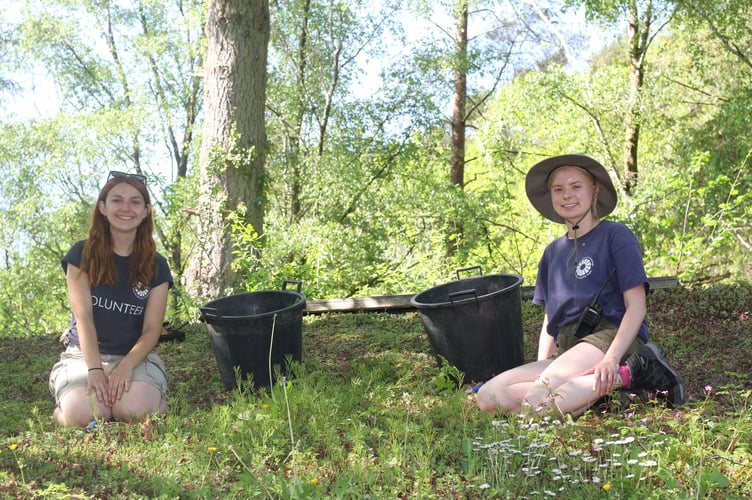
Joe Wilkins, environmental campaigner from Clarach and consultant for housing developer firm BDW Consultancy Ltd said that low levels have never been taken seriously in Wales: “Given our climate, we've always focused more on high water levels.
“But with climate change, we are now most likely going to see more of these ‘extreme’ weather conditions of very dry and wet periods and therefore we need to make sure our infrastructure can cope with both.”
He points to interventions which can help with too much rain and too little - slowing the water flow during periods of heavy rain by reinstating forestry and wetlands – something developers can incorporate into plans, as well as preventing water run-off with green rooves and using less tarmac and concrete.
One technique already being done is to stop draining peatlands by re-blocking the drains (‘grips’).
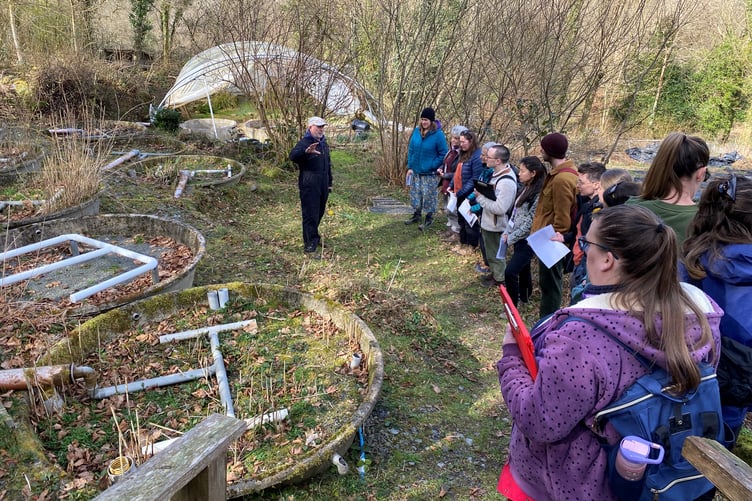
According to Dr Jane Fisher, Lead Academic at Machynlleth’s Centre for Alternative Technology, grip blocking raises the water table, stabilising the yearly flow of rivers.
Land that holds water better increases the area's resilience to drought and slows the flow of water in periods of heavy rainfall, reducing the risk of flooding and sewage overflow.
She explains: “Wetter woodlands are more able to survive dry summers, and will also provide more reliable flow of water to feed the rivers, even in drought.”
Beavers, which have recently been reintroduced to Wales, are a natural way of slowing water flow.
For individuals, Dr Fisher recommends looking into the water used “not just at home, but how much is used in what we purchase” such as in intensive beef production, maize, exotic foods, clothing and electrical goods.
Water companies are asking the public to be more conscious of their water consumption by doing things such as:
- Not running the tap when brushing teeth
- Having a shower instead of a bath
- Not using lawn sprinklers
- Using butts to collect rainwater
- Using watering cans instead of hoses

Comments
This article has no comments yet. Be the first to leave a comment.